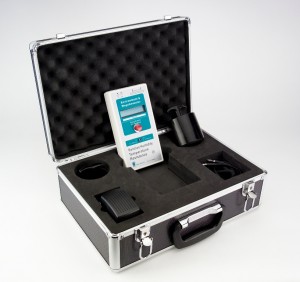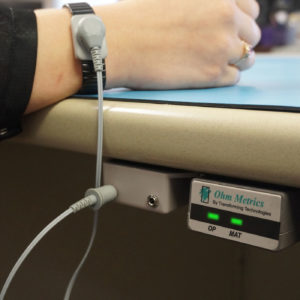What is the greatest static threat to electronics?
May 9, 2013
Q:Â What is the greatest static threat to electronics and other materials?
A:Â YOU!
The human body can generate the biggest charge of anything likely to come near these devices.
Charge can often build-up on people and reach levels that give uncomfortable shocks, can damage sensitive electronic parts or give fire risks when handling solvents and other flammable materials. Dry air humidity encourages static charge build-up, and under dry external conditions the atmosphere in a building can become even drier. Electrostatic charge build-up can be far worse under these conditions. For example, on a dry day, humans can generate a static field of more than 100 volts by just the slight raising of an arm. During normal, everyday activities, it is common to generate 6,000 volts or more.
Every Thursday, Transforming Technologies will answer questions concerning all things ESD: static causes, threats,  ESD prevention, best practices and all things static in a feature we call ESD Q&A.  If you have ESD questions that you would like to be answered, email info@transforming-technologies.com  with Q&A in the subject line.



 hand logging of wrist straps and tabletop material performance that is required is a cumbersome, labor-intensive paperwork nightmare. Use of our
hand logging of wrist straps and tabletop material performance that is required is a cumbersome, labor-intensive paperwork nightmare. Use of our 





